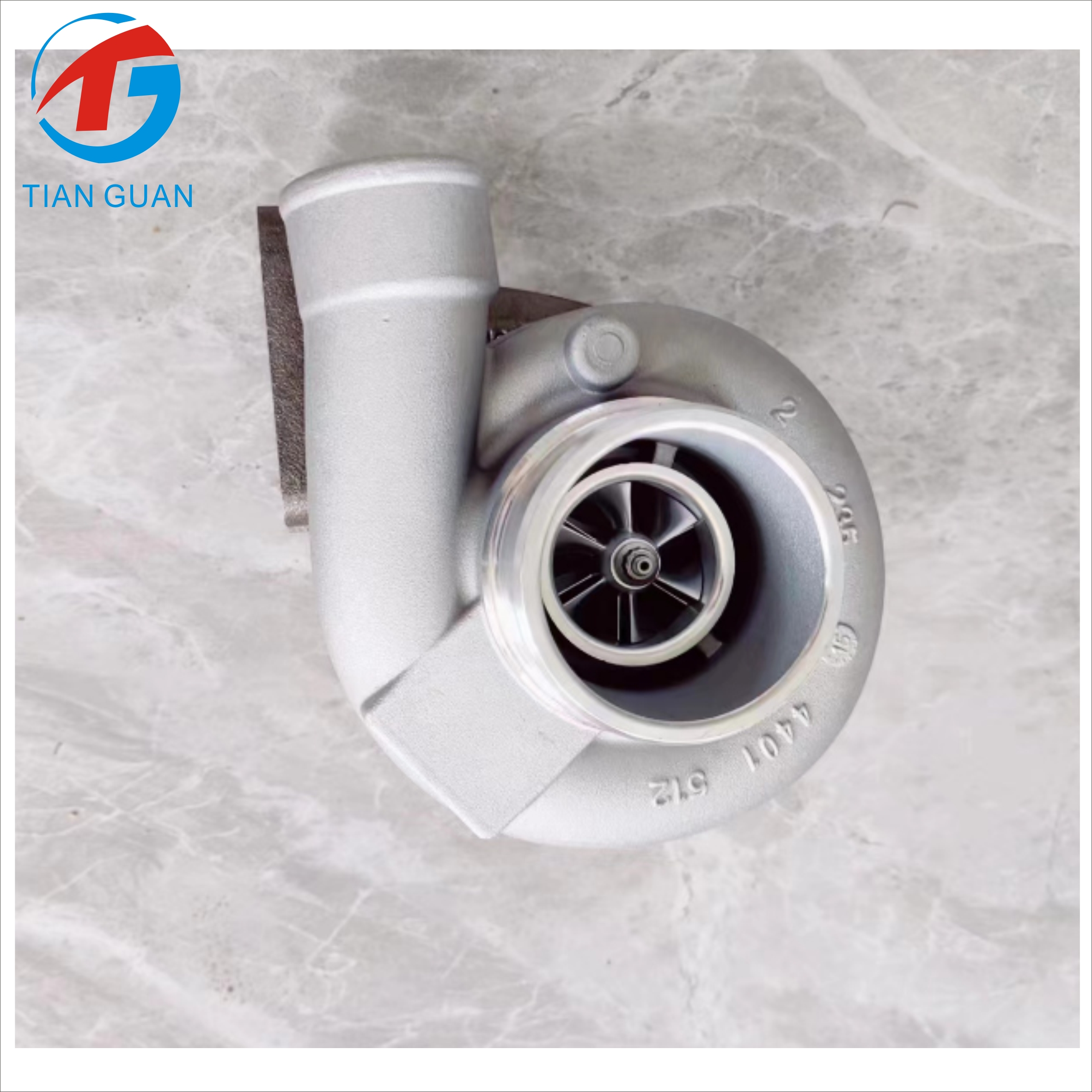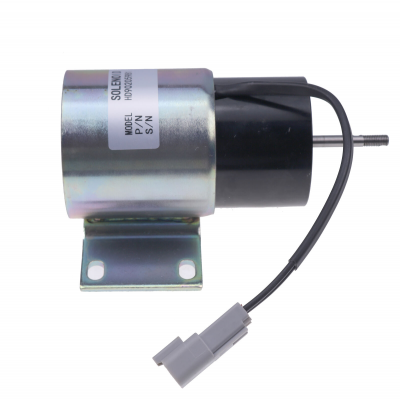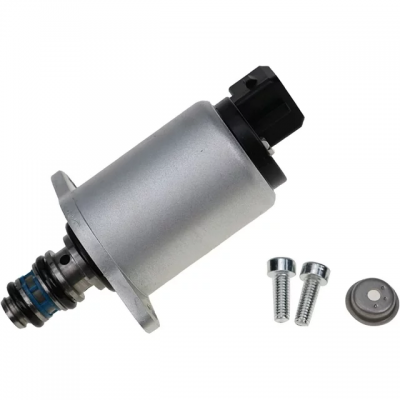Boost Your Ride with the Perfect Turbocharger
In the world of automotive enthusiasts, turbochargers have become a game-changer. They offer the exhilarating promise of transforming an ordinary engine into a high-performance powerhouse. But finding the best turbocharger for your vehicle isn't just about slapping on any kit from the shelf; it's about precision, understanding, and making the right choice tailored to your needs.
Table of contents:
The Importance of Compatibility with Existing Engine Components
Understanding Turbocharger Types Single vs. Twin Turbochargers
How to Determine the Right Size Turbocharger for Your Engine
This guide aims to walk you through the nuances of selecting an optimal turbocharger, ensuring you get both performance and reliability seamlessly integrated.
The Importance of Compatibility with Existing Engine Components
When considering a turbocharger, the first step is to assess compatibility with your existing engine components. Every vehicle's engine is a complex puzzle, where each piece must fit perfectly with others to function optimally. Using a turbocharger that doesn't align with these components can lead to inefficiencies or even damage. Compatibility ensures that the turbocharger will not just fit physically but also work harmoniously with your engine's air intake, exhaust systems, and overall mechanical setup. For instance, turbocharger manufacturers design their products to work efficiently within specific parameters, which must match your vehicle’s specifications. A misfit could mean excessive wear, overheating, or even catastrophic failure. Furthermore, ensuring compatibility often involves consulting with experts or using diagnostic tools to gauge how a turbocharger will interact with your vehicle's electronic control systems. Modern cars rely heavily on computer controls, so ensuring your turbocharger communicates effectively with these systems is crucial. Misalignment in this area can lead to suboptimal performance and even safety risks.

Understanding Turbocharger Types Single vs. Twin Turbochargers
Turbochargers come in various types, with single and twin turbochargers being the most common. Understanding the difference is crucial in deciding which suits your vehicle best. A single turbocharger system uses one turbine to force air into the engine, providing a straightforward way to increase power. These systems are generally simpler and less expensive, making them popular among those looking for a reliable boost without complexity. On the other hand, twin turbochargers utilize two turbines, offering a more intricate setup that can provide power more smoothly across a range of engine speeds. Within twin systems, you have sequential turbos, where one turbo operates at low RPMs and both at higher RPMs, and parallel turbos, which split the exhaust gases evenly to both turbos. Choosing between single and twin turbochargers depends largely on your driving habits and what you want from your vehicle. If you seek a straightforward power increase and often drive at consistent speeds, a single turbocharger might suffice. However, for those who enjoy a sportier, more dynamic driving experience with rapid acceleration and smooth power delivery, twin turbochargers could be worth the extra investment.
How to Determine the Right Size Turbocharger for Your Engine
Selecting the correct size turbocharger is another pivotal decision in optimizing vehicle performance. The size of a turbocharger determines how much air it can compress and, consequently, how much extra power your engine can generate. However, bigger isn't always better. A turbo that’s too large for a smaller engine can cause lag, where there's a noticeable delay between pressing the accelerator and the vehicle's response. The key is to strike a balance by choosing a turbocharger that complements your engine's displacement and intended use. Consider the engine’s revolutions per minute (RPM) range and where you want the most power. For daily drivers, a turbo that offers quick response and power at lower RPMs might be ideal. Conversely, race enthusiasts might prefer a larger turbo that provides significant boosts at higher RPMs, despite some lag at lower speeds. It's essential to consult with professional mechanics or turbo specialists to measure your engine's airflow requirements accurately. Many turbocharger manufacturers provide detailed charts or calculators that help align your engine's characteristics with the appropriate turbo options, ensuring that you achieve the desired performance without compromising reliability.
Choosing the right turbocharger for your vehicle is an exhilarating prospect filled with potential to enhance power and driving pleasure. It’s a delicate balance of compatibility, size, and type, requiring careful consideration and expert advice. With the right choice, you can transform your vehicle’s performance, making every drive an extraordinary experience. Remember, the key is to integrate performance seamlessly with reliability, ensuring that each component works in harmony with your vehicle’s engine. By following the guidance in this article and consulting with professionals, you’ll be well-equipped to make an informed decision that suits your unique driving needs. For those beginning their turbocharger adventure, consider reaching out to industry experts or specialized forums to gather insights and recommendations. The more informed you are, the better your turbocharger experience will be, leading to years of enhanced driving enjoyment.





